A new report delves into how iPhone and Android smartphones both stay in good shape for years, enabling them to be reused — but Android smartphones fare slightly better at maintaining good battery life.
The majority of old iPhones are reused in some way, whether it's being given to a friend or member of the family, or exchanged for a new one. Some people also keep their old iPhones as a spare or backup.
The reason is due to the iPhone's longevity, according to new data from Consumer Intelligence Research Partners (CIRP). Apple's smartphones hold their value, not only because the company keeps them alive with software updates for years but also because of their durability.
The battery and display are two critical factors in a smartphone's continued use. Four-fifths of customers who purchased an iPhone upgrade from a prior model have a display that is either "perfect" or "scratched but useable." Only 6% of older iPhones had an unusable display.
For battery life, approximately 60% of iPhone users reported that their previous model's battery lasted all day or most of the day. Meanwhile, 15% said the battery on the old model lasted only a couple of hours.
The situation is similar on the Android side too. For example, about 15% of iPhone buyers who previously had an Android phone said their displays were in the same condition as previous iPhone owners.
The battery life is slightly better, as 67% of iPhone users who had an Android phone said it lasted all or most of the day. Only 7% said the battery lasted a couple of hours.
Apple has gradually improved the battery life of its devices over the years, such as by making its chips more efficient. However, the company increased the cost of replacing an iPhone battery in March.
While it's keeping the cost of replacing an iPhone 14 battery at $99, it raised the battery service fee by $20 for all iPhone models before the iPhone 14 lineup.
For all supported iPhones with a home button, the cost rose from $49 to $69. From the iPhone X to the iPhone 13, the price increases from $69 to $89.
 Andrew Orr
Andrew Orr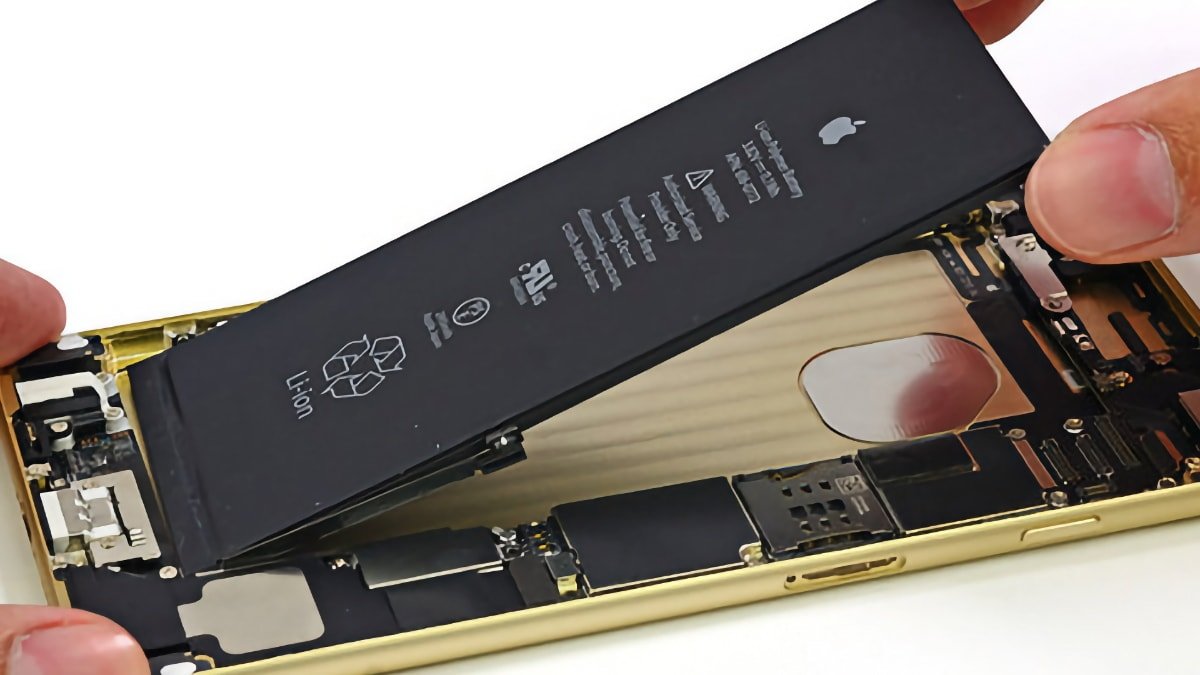
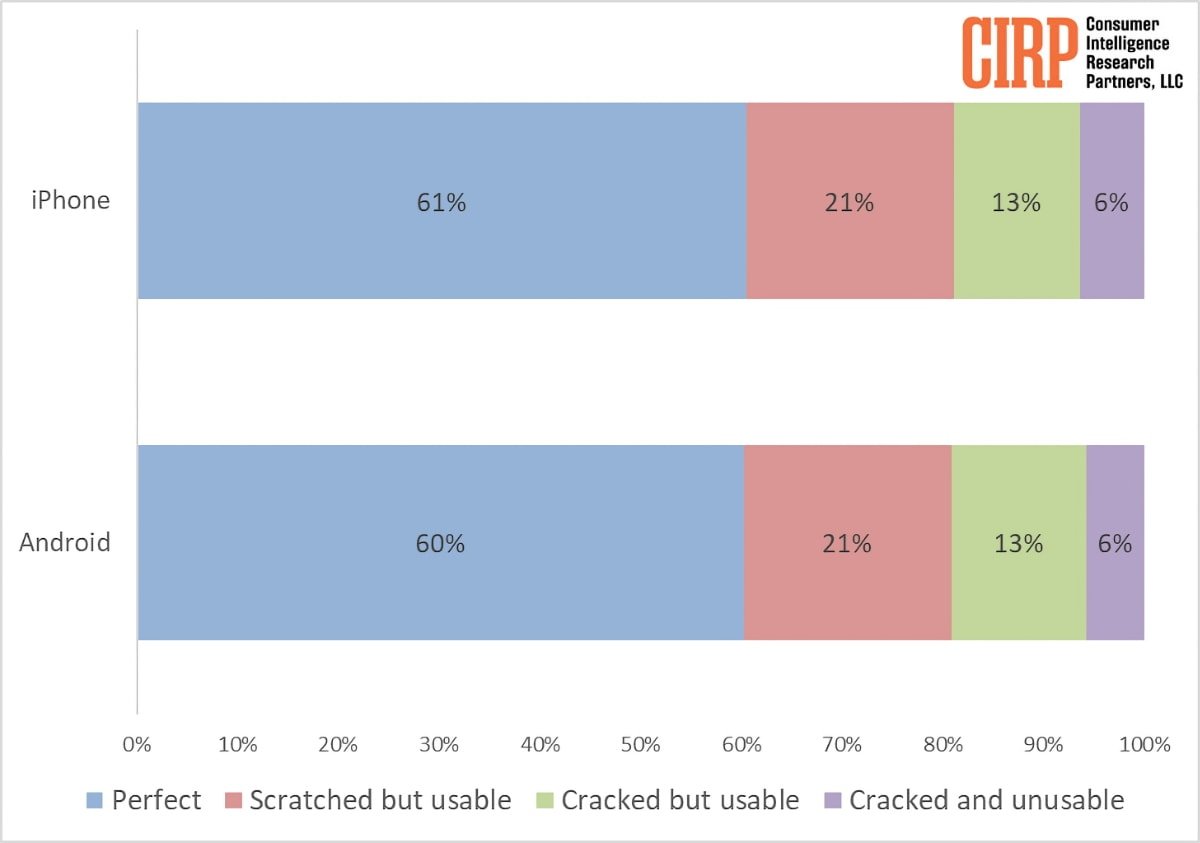

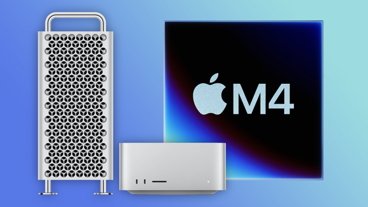
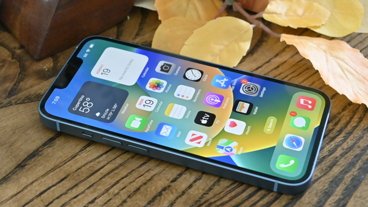
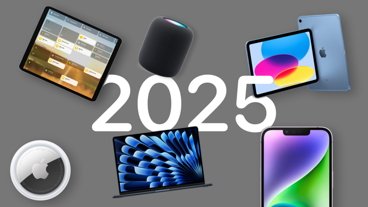


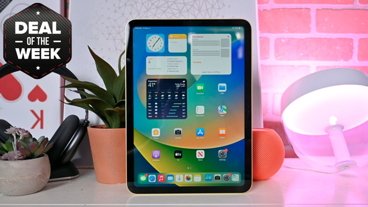
-m.jpg)





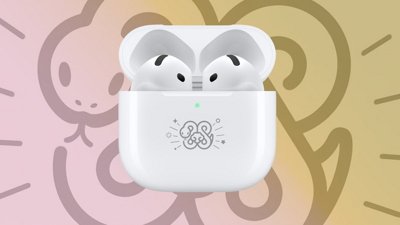
 Malcolm Owen
Malcolm Owen
 William Gallagher
William Gallagher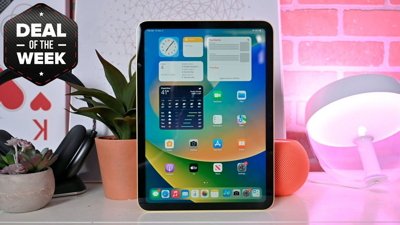
 Christine McKee
Christine McKee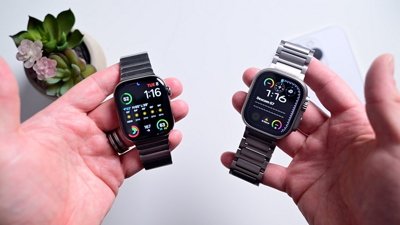
 Andrew O'Hara
Andrew O'Hara
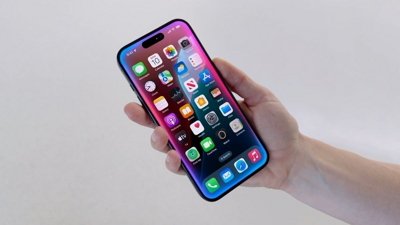
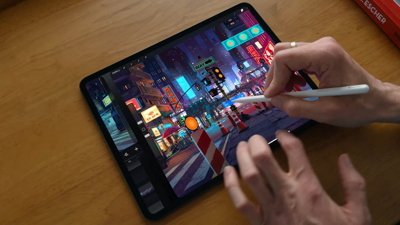
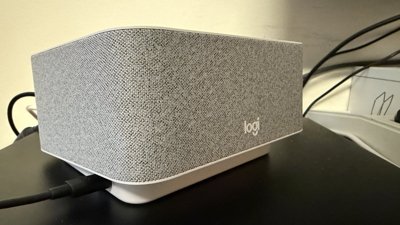
 Thomas Sibilly
Thomas Sibilly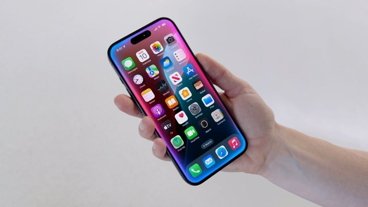





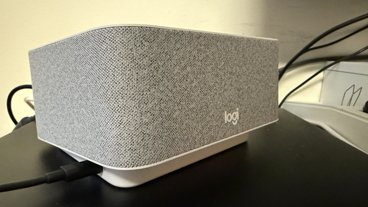

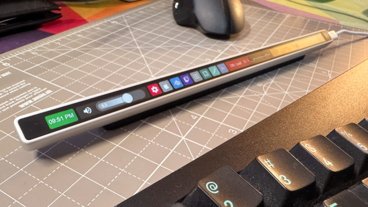

11 Comments
Some android phones. Some.
I didn't see anything about "some Android phones". I also didn't see "all iPhones" stated.
I did see "majority of iPhones" stipulated, and would simply assume "majority of Android phones" as well.
One comparison missed is what percentage of those Android phones still get operating system updates compared to iPhones
"Android smartphones fare slightly better at maintaining good battery life"
I believe it. Android users use their phones mainly for communications and social media. iPhone users use many more apps for many other purposes, so their batteries take much more of a beating. This is reflected in what apps are sold/downloaded in both platforms' app stores.